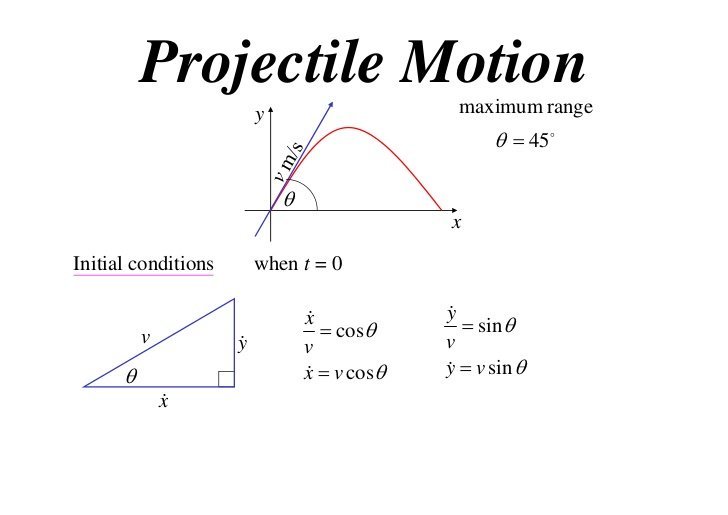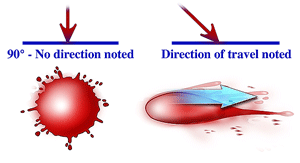
Vfy
= Viy
+ ay
(delta t)
This equation is especially important if
there is a limited amount of evidence to work
with. A kinematic equation is an equation of
motion, and this one shows only vertical motion.
Since horizontal and vertical motion are not connected
we can solve for one of them at a time. There are
other kinematic equations, but most would rarely be used
given an analyst's physics and mathematical tool
set. This one equation can tell us so much about
the victim's and the assailant's position.

Surface Tension = y = F/L
Which states that "surface tension can
also be defined as the force F per unit length L tending
to pull the surface back", essentially the force per
unit of surface area that tries to maintain tension.
